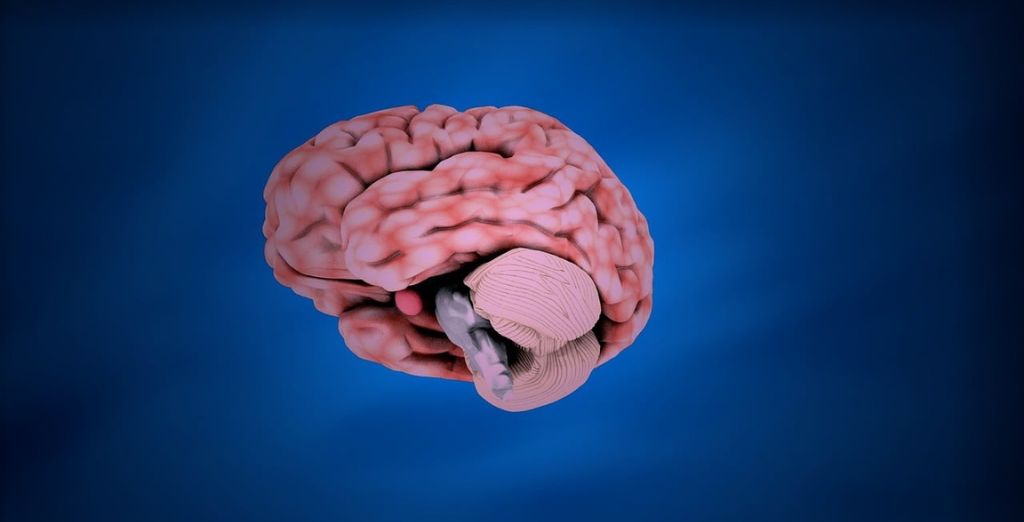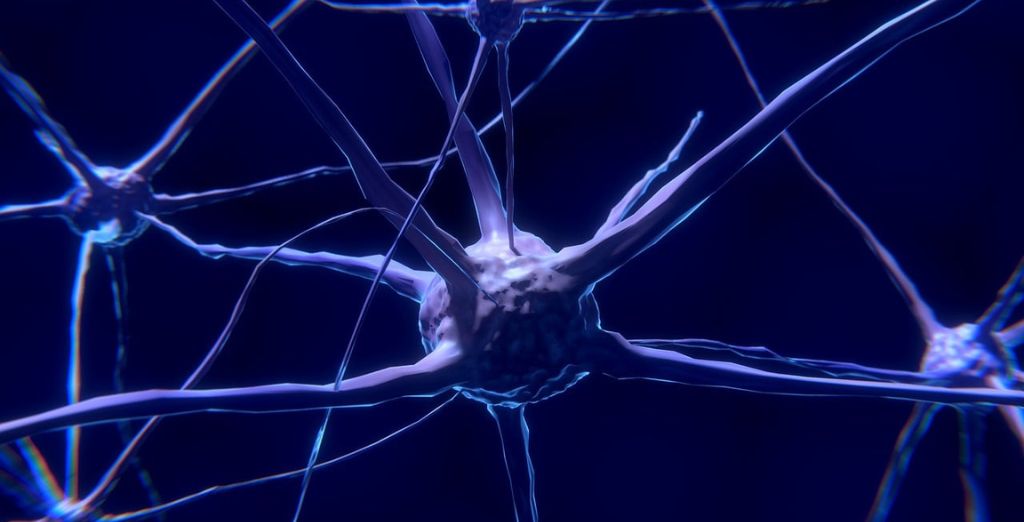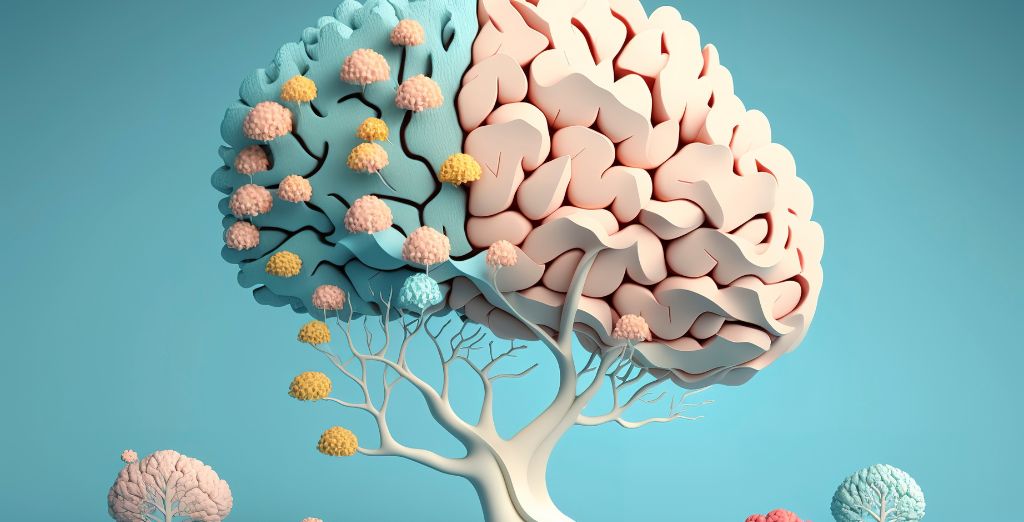SIGECAPS is an acronym commonly used by mental health professionals to recognize symptoms of major depressive disorder. Each letter stands for a specific symptom, forming a checklist that can help detect signs of depression. Depression often hides behind daily stress or low mood, but SIGECAPS helps reveal deeper patterns that may signal a mental health concern. By understanding what each symptom in SIGECAPS represents, people can recognize early signs of depression and seek appropriate support. This tool simplifies the complex nature of depression, making it easier to identify and understand.
Breaking Down the SIGECAPS Acronym
SIGECAPS covers eight primary symptoms of depression, each linked to changes in mental and physical health. Here’s what each letter stands for:
- S: Sleep disturbances
- I: Interest (loss of interest in activities)
- G: Guilt or feelings of worthlessness
- E: Energy (fatigue or loss of energy)
- C: Concentration difficulties
- A: Appetite changes
- P: Psychomotor changes (slowed or restless movements)
- S: Suicidal thoughts
These symptoms provide a clearer picture of how depression affects a person’s day-to-day life. Recognizing even a few of these symptoms can be a step towards understanding mental health struggles, either for oneself or for a loved one.
Sleep Disturbances and Their Impact on Mental Health

Sleep problems, the first “S” in SIGECAPS, are common in depression. Individuals may experience insomnia, waking up frequently, or sleeping excessively without feeling rested. These disturbances interfere with the brain’s ability to restore energy, affecting focus and mood the next day. Consistent sleep problems can lead to chronic fatigue, irritability, and increased stress, creating a cycle that worsens depressive symptoms. Addressing sleep health, whether through better sleep routines or seeking medical advice, is often one of the first steps to improving mental well-being.
Loss of Interest in Enjoyable Activities
The “I” in SIGECAPS stands for Interest, specifically a loss of interest in activities once enjoyed. People experiencing depression often find that hobbies, socializing, or even daily routines lose their appeal. This lack of interest, called anhedonia, can make life feel empty and less rewarding. Activities that once brought joy no longer hold the same value, which can increase feelings of isolation and sadness. Recognizing this symptom is crucial, as it’s one of the strongest indicators of depression.
Guilt and Feelings of Worthlessness
Guilt and feelings of worthlessness, represented by “G” in SIGECAPS, are common in depression. These feelings often involve an exaggerated sense of personal failure or self-blame. People may feel responsible for things beyond their control or overly critical of themselves. These emotions are mentally exhausting and can make it difficult to see any positive aspects of life. Recognizing this symptom can help individuals understand that these feelings are part of the illness, not a reflection of reality.
Fatigue and Low Energy Levels
Energy loss, the “E” in SIGECAPS, is another core symptom of depression. This isn’t simply feeling tired after a long day; it’s an overwhelming sense of fatigue that doesn’t improve with rest. Daily tasks feel exhausting, and motivation decreases. This persistent fatigue makes managing responsibilities difficult, further affecting one’s sense of accomplishment and well-being. For many, this symptom can be physically and mentally draining, creating a cycle that perpetuates depression.
Difficulty with Concentration and Focus
The “C” in SIGECAPS refers to Concentration difficulties, which often appear as trouble focusing, making decisions, or remembering details. This symptom can make work, school, or even simple daily tasks feel challenging. Concentration issues are linked to changes in brain function associated with depression, making it difficult for individuals to stay organized or efficient. This difficulty can lead to frustration and a sense of inadequacy, affecting self-esteem and motivation.
Changes in Appetite and Weight
Appetite changes, represented by “A” in SIGECAPS, vary widely among individuals with depression. Some people experience a significant loss of appetite, while others may turn to food for comfort, leading to weight fluctuations. These shifts in appetite are connected to emotional changes that influence hunger cues. For some, food may lose its appeal entirely; for others, it becomes a temporary source of relief. Recognizing this symptom can help people maintain a balanced diet, which is essential for physical and mental health.
Psychomotor Changes: Restlessness or Slowed Movements
Psychomotor changes, the “P” in SIGECAPS, involve physical symptoms such as restlessness or unusually slowed movements. Some people may appear agitated, unable to sit still, while others move or speak more slowly than usual. These changes reflect how deeply depression affects both mind and body. Psychomotor symptoms can be especially noticeable to others and may contribute to misunderstandings or stigma around depression. Recognizing these signs can help people realize that depression impacts physical functioning, not just mood.
Suicidal Thoughts and Depression
The final “S” in SIGECAPS stands for Suicidal thoughts. For some, depression brings thoughts of hopelessness, which can lead to self-harm or suicidal ideation. These feelings are a serious part of the illness and require immediate attention. Reaching out to mental health professionals or support networks is crucial for managing these thoughts safely. Recognizing this symptom in oneself or others can make a difference, as early intervention can provide the support and tools needed to navigate these difficult emotions.
Why Understanding SIGECAPS Is Important
Understanding SIGECAPS helps both individuals and mental health professionals recognize depression’s full scope. This acronym covers emotional, physical, and behavioral symptoms, offering a comprehensive look at how depression affects daily life. Early detection through SIGECAPS allows people to seek help sooner, potentially improving their recovery journey. This approach simplifies the diagnosis process, helping reduce stigma and making it easier for people to talk about mental health openly.
How SIGECAPS Can Help Break Stigma Around Depression
Understanding SIGECAPS does more than just provide insight into depression symptoms; it also plays a role in breaking the stigma around mental health. Depression is often misunderstood, with many people viewing it as simply “feeling sad.” However, SIGECAPS highlights that depression is a complex condition involving emotional, physical, and cognitive symptoms. By acknowledging these symptoms, people can better understand that depression is a real and serious condition. This understanding can help reduce judgment and misconceptions, encouraging more empathy and open conversations around mental health. It helps individuals see that experiencing symptoms isn’t a personal failure but rather part of a medical condition that can benefit from treatment.
Seeking Professional Help for SIGECAPS Symptoms

If you or someone you know identifies with several symptoms of SIGECAPS, reaching out to a mental health professional is an important next step. Therapists, psychologists, and psychiatrists can offer proper assessment, support, and treatment tailored to individual needs. Therapy options, such as cognitive behavioral therapy (CBT), can help address negative thoughts and behaviors related to depression. In some cases, medication may be recommended to help regulate mood and energy levels. Early intervention is often associated with better outcomes, as it helps prevent symptoms from worsening and supports recovery. Professionals can also recommend lifestyle changes, coping strategies, and support networks that can make a significant difference in managing depression.
Tips for Supporting Someone Experiencing SIGECAPS Symptoms
If someone you know is showing signs of SIGECAPS, it’s natural to want to support them. Start by listening without judgment and acknowledging their feelings. Avoid dismissing their experiences, even if you don’t fully understand them. Offering simple gestures, like inviting them for a walk or a shared meal, can provide comfort without overwhelming them. Encouraging professional help is also beneficial, as it provides them with resources for managing their symptoms. Remember that sometimes, just being there and showing empathy can have a powerful impact on their well-being. It’s important to be patient, as depression can be a long journey, and your support can be an invaluable part of their recovery.
Lifestyle Changes to Complement SIGECAPS Management
While professional treatment is essential, some lifestyle changes can help support recovery and improve symptoms associated with SIGECAPS. Regular physical activity, such as walking, yoga, or even light stretching, can release endorphins, which are natural mood lifters. A balanced diet with a variety of nutrients supports brain function and energy levels, which are often impacted by depression. Mindfulness techniques, like meditation or breathing exercises, can reduce stress and help manage emotions more effectively. Maintaining a consistent sleep schedule can also aid in managing sleep disturbances. These small adjustments can enhance mental health over time, complementing therapeutic or medical treatments.
The Importance of Checking in With Yourself Regularly
Even if you aren’t currently experiencing SIGECAPS symptoms, regular mental health check-ins can promote self-awareness and help prevent issues from escalating. Take time each week to assess how you feel emotionally, mentally, and physically. Recognize changes in sleep patterns, energy levels, and interest in activities, as these shifts can sometimes go unnoticed when life gets busy. Practicing self-care through rest, balanced nutrition, and time for relaxation can support mental health. If you notice ongoing changes that resemble SIGECAPS symptoms, it’s a good idea to reach out for support early on, which can prevent symptoms from worsening and provide tools for coping.
Conclusion
Understanding SIGECAPS is a valuable step in recognizing the often-overlooked symptoms of depression. Each part of the acronym provides insight into how depression affects both the mind and body, impacting daily life in ways that may not always be obvious. By learning to identify these symptoms, individuals can better understand their own mental health or support loved ones who may be struggling. Early detection is essential, as it can lead to timely treatment, which improves the chances of recovery and well-being. Mental health is as vital as physical health, and tools like SIGECAPS empower people to approach it with knowledge and compassion. Whether you’re facing these symptoms yourself or observing them in others, remember that help is available and that recovery is possible with the right support and resources.
FAQs
How can I know if I have symptoms of depression based on SIGECAPS?
If you notice several of these symptoms persisting for two weeks or more, it could indicate depression. Talking to a mental health professional can help with an accurate diagnosis.
Can lifestyle changes help manage SIGECAPS symptoms?
Yes, lifestyle changes like regular exercise, a balanced diet, and stress management techniques can alleviate some symptoms. However, professional guidance is essential for effective treatment.
Is SIGECAPS used for all mental health issues?
SIGECAPS is specifically used to identify depression symptoms. While some symptoms may overlap with other mental health conditions, this tool is primarily focused on diagnosing depression.















